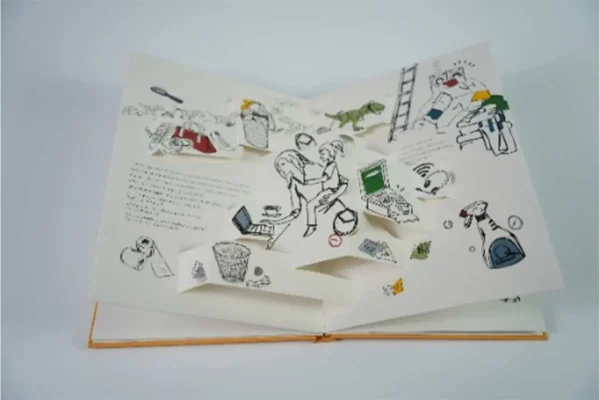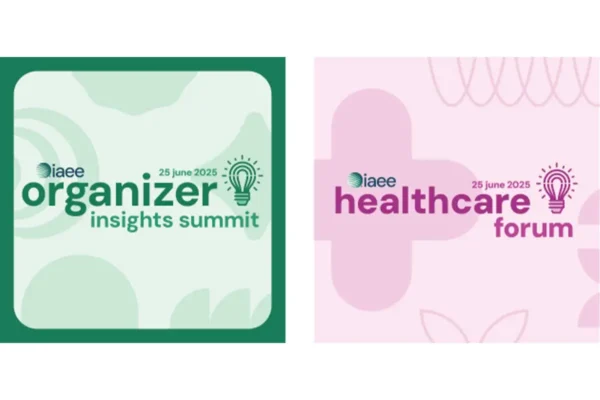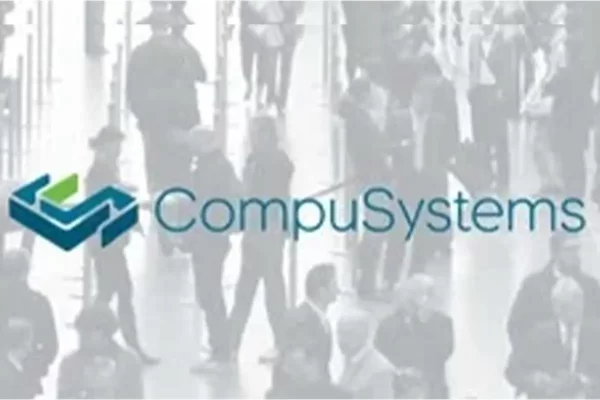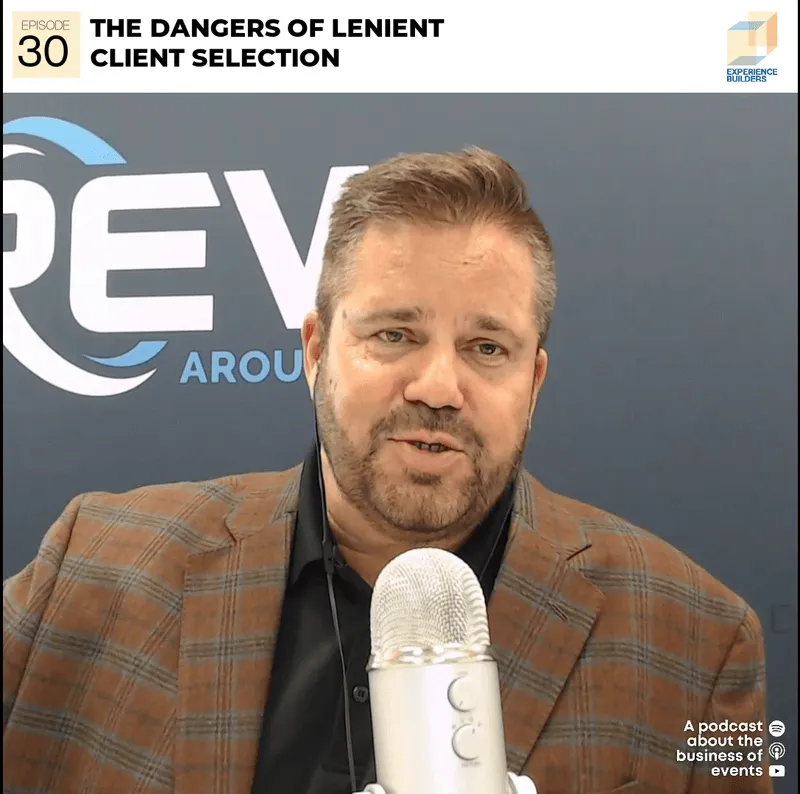Held on July 29-31 at Oak Brook Hills Resort in Oak Brook, Ill., the two-day Red Diamond Congress (RDC) themed on “Building Bridges” worked to join and solidify relations amongst exhibit and event industry professionals. Hosted by Exhibit and Event Marketers Association (E2MA), discussions and educational sessions served to create connections, understanding and opportunity within the industry.
Highlights of this year’s industry conference included partnering with the annual Chicago Randy, an awards banquet and an unprecedented all-industry panel.
Chicago Randy
Kicking off the conference was the EDPA Chicago chapter Randy Smith Memorial Golf Classic, held on July 28. Eighty-eight golfers played 18 holes at the Willow Crest Golf Club. The Windy City lived up to its name with a breezy afternoon, creating a fun challenge for the charity golf event.
Among the sponsors were CORT, who provided cigars and furniture for the reception following the golf event; NuVista, sponsoring commemorative T-shirts; beverage carts thanks to Laser Exhibition Services; and all banners and signs from Paul Person of Display Graphic Systems.
Red Diamond Congress Awards
Following the Chicago Randy, Jim Wurm, executive director, E2MA, hosted an awards banquet to honor key industry members. Named Member of the Year was The Hughes Group, which launched its Predictability marketing tool at the conference. Accepting the award was Bob Hughes, who presented the tool’s forecasting capabilities during TED-style E2 Talks at RDC.

Photo credit: Deja Views USA
Given the Exhibit Manager of the Year award, or the EMY, was Global PEC Academy founding partner Michael D. Lynn, CEM, CME, CMM, CMP, CPC, CPECP, also known as the “Acronym Ambassador” for his many certifications. In addition to the recognition, E2MA donated $500 to the Cystic Fibrosis Foundation in honor of Lynn’s grandson who suffers from the disease.

Photo credit: Deja Views USA
For his unparalleled customer service – not just to clients, but also to fellow industry members – Bernie Massett, national director of show services, MC2, was bestowed with the Intrepid Award. Voted upon industry-wide, Massett was among four other nominees, including Carpenters Union Local #10 in Chicago; Bob Hughes of The Hughes Group; The Expo Group; and Jack Savage of UPS Freight.

Photo credit: Deja Views USA
All-Industry Panel
In a panel that included eight major exhibition industry associations and organizations, association leaders discussed overall trends and concerns.
Moderated by Exhibit Surveys Inc. President and Owner Skip Cox, the panel included David Dubois, president and CEO, International Association of Exhibitions and Events (IAEE); Jeff Provost, executive director, Exhibit Designers + Producers Association (EDPA); Brian Casey, president and CEO, Center for Exhibition Industry Research (CEIR); Mike Pennington, executive vice president, Healthcare Convention and Exhibitors Association (HCEA); Ken Viscovich, national representative, United Brotherhood of Carpenters; Larry Arnaudet, executive director, Exhibition Services & Contractors Association (ESCA); Lew Shomer, president, Society of Independent Show Organizers (SISO); and Jim Wurm, executive director, Exhibit and Event Marketers Association (E2MA).
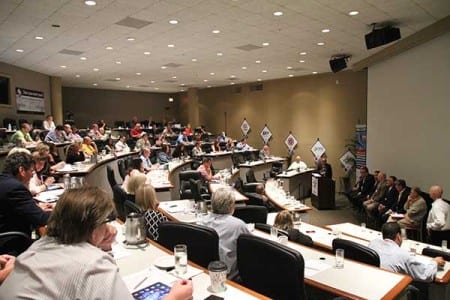
Brian Casey of CEIR opened the panel discussion with good news – the exhibition industry has experienced 15 consecutive years of growth, and recently increased 1 percent from 2013. The continued upward movement closely follows the GDP, he stated.
With attendance being the largest boost, Casey counseled that all facets of the industry must jointly address the clear demographic shift of attendees.
“Organizers should meet with exhibitors regarding changes [in attendance] to adapt accordingly,” Casey advised.
SISO President Lew Shomer referenced a 2012-2013 global study on the importance of marketing that reported shows and events as the second most effective form of marketing behind websites. Citing the study, he went on to indicate that show effectiveness is generally measured by the number of qualified leads.
Justifying the continued need for exhibitions and events, organizations offering bundled services enhance marketing opportunities for exhibitors, according to Shomer.
“[Exhibitors are] not just paying premium for a position, but they are paying for added value,” Shomer stated.
Quality in exhibiting is far surpassing quantity, according to HCEA Executive Vice President Mike Pennington. With much competition for the exhibiting dollar, exhibitors are choosing fewer shows with the larger ROIs rather than attending multiple shows.
Addressing trends in additional resource spending, David Dubois of IAEE discussed the rise in hosted-buyer programs, though very targeted, that require the cost of organizing to be passed along; increased competition on the show floor due largely to the anticipated growth of international exhibitors in the U.S. market; and exhibitors adding booth space for educational components to keep attendees on the show floor.
Challenges in controlling costs primarily derive from last-minute changes or surprises in the fine details of the exhibitor kit, according to Jim Wurm of E2MA. Another problem for exhibitors in choosing to exhibit is adequately measuring the outcome and connecting to a company’s customer relationship management software.
Echoing concerns regarding costs and measurements, EDPA Executive Director Jeff Provost believed that the difficulty in cost containment is due to turnovers.
As the national representative for the United Brotherhood of Carpenters, Ken Viscovich defined another problem in exhibiting – exhibitors are either unaware or are afraid to talk directly to labor on the show floor. According to Viscovich, the show kit agreement between show organizers and exhibitors includes the collective bargaining agreement for labor.
Assuring that carpenters wish to help, Viscovich indicated labor is willing to learn about new methods or products when necessary, even from the exhibitor’s own staff.
“We’re here to solve problems, not make problems,” said Viscovich.
Ending on a positive note, Larry Arnaudet of ESCA turned his attention to technological advances implemented over the years.
“How technology and innovations have changed the industry in the last five years will continue in the next five years,” Arnaudet declared.
Examples of how technology have and could continue to help the exhibition industry in the future were predictive online systems, discounts for online ordering, social media marketing and pre- and post-show marketing assistance.














